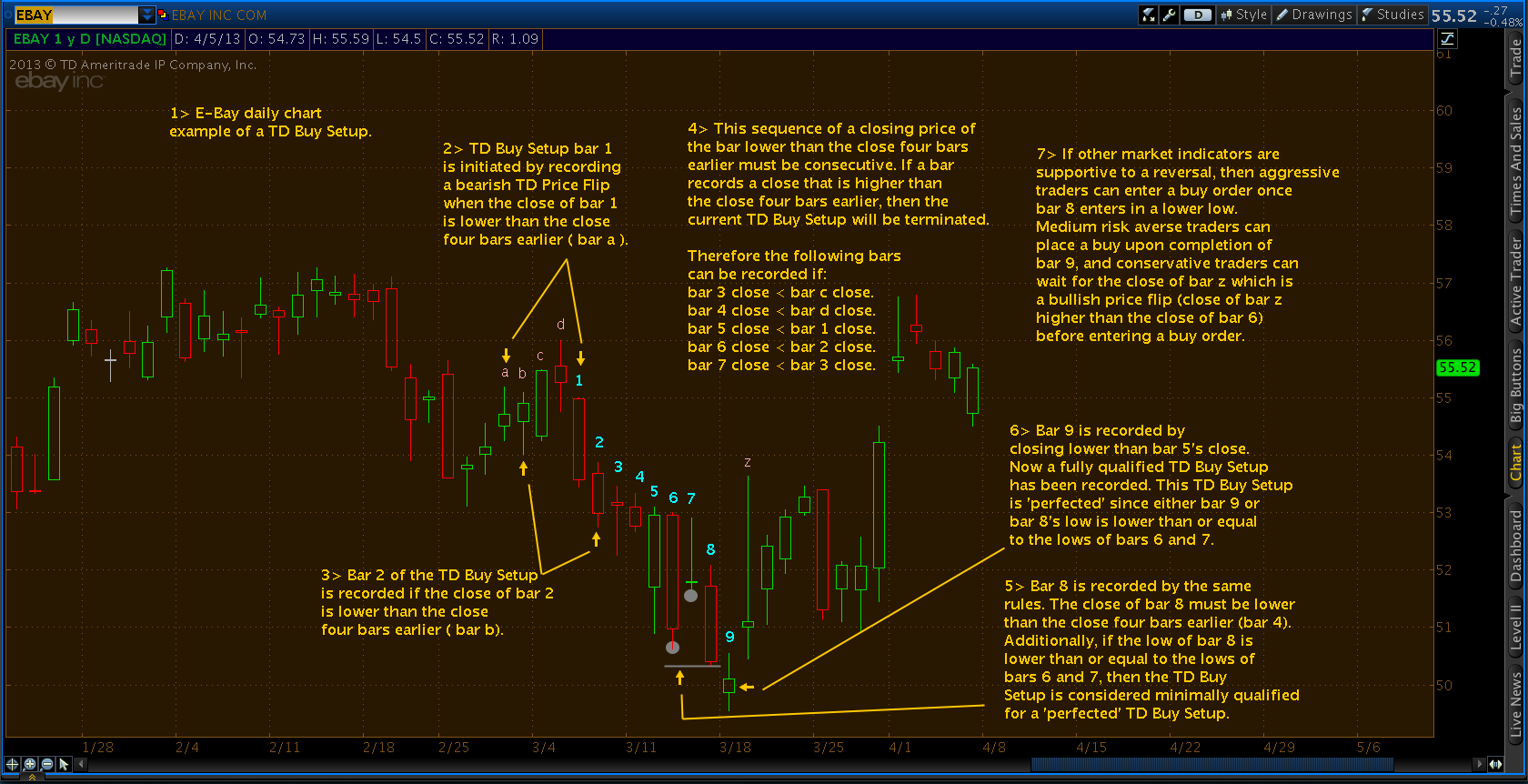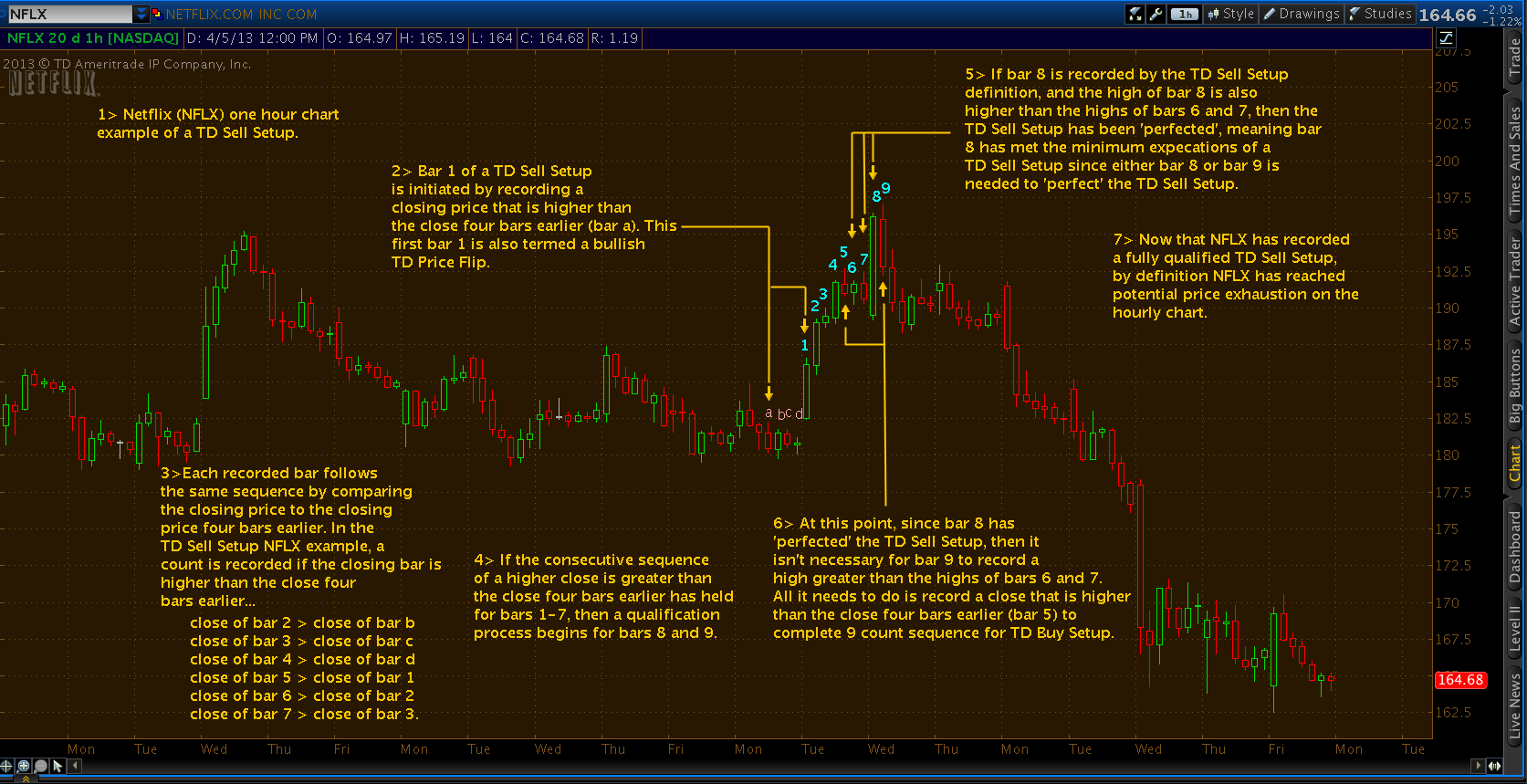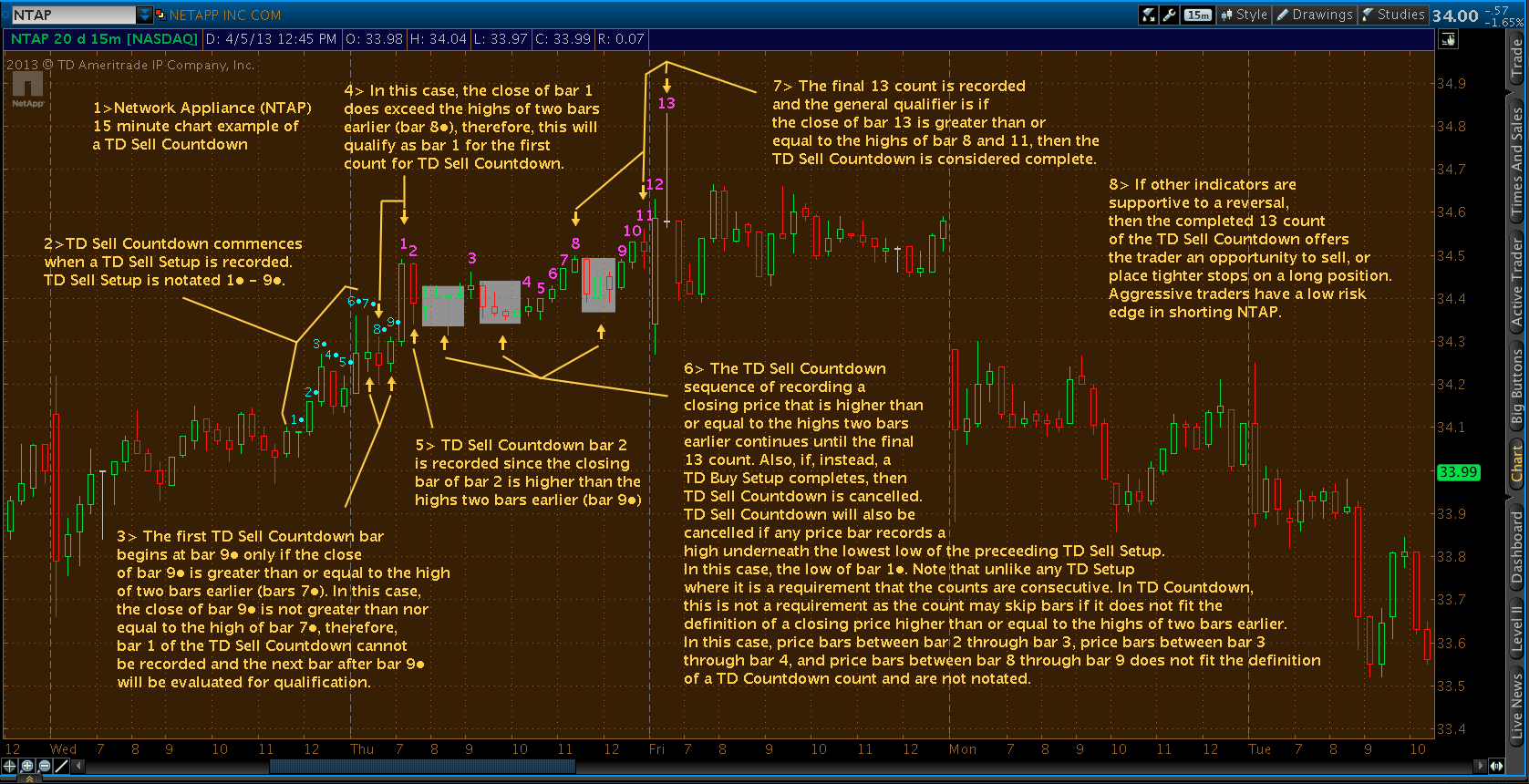Nifty Statistical Analysis (2008- 2016)
2284 Trading Days
Nifty Spot data
Code:
Range Open Days 1722 Higher Open Days 372 Lower Open Days 190
Close in Range 832 48.32% Close in Range 102 27.42% Close in Range 53 27.89%
Close > PDH 449 26.07% Close > PDH 232 62.37% Close > PDH 12 6.32%
Close < PDL 441 25.61% Close < PDL 38 10.22% Close < PDL 125 65.79%
i hope its clear to understand.
If Nifty opens within PDR, it has 50% probability of closing within the range
If Nifty opens abv PDH, it has 60% probability of closing abv PDH
If Nifty opens blw PDL, it has 60% probability of closing blw PDL
Also a stat with regard to Open vs PDC :
Code:
Open/Close vs PDC 2284
Higher open 1301 Lower open 983
Close > PDC 810 62.26% Close > PDC 358 36.42%
Close < PDC 491 37.74% Close < PDC 625 63.58%
If Index opens above PDC, 60% probability of closing above PDC
If Index opens below PDC, 60% probability of closing below PDC
I found no useful stat of Day Open and Day Close.
The above stat may help me to form a bias where i be confident to be right 50% of the time atleast.

(I took enough care that there are no errors in calculations from my end, if any mistakes, plz inform )











